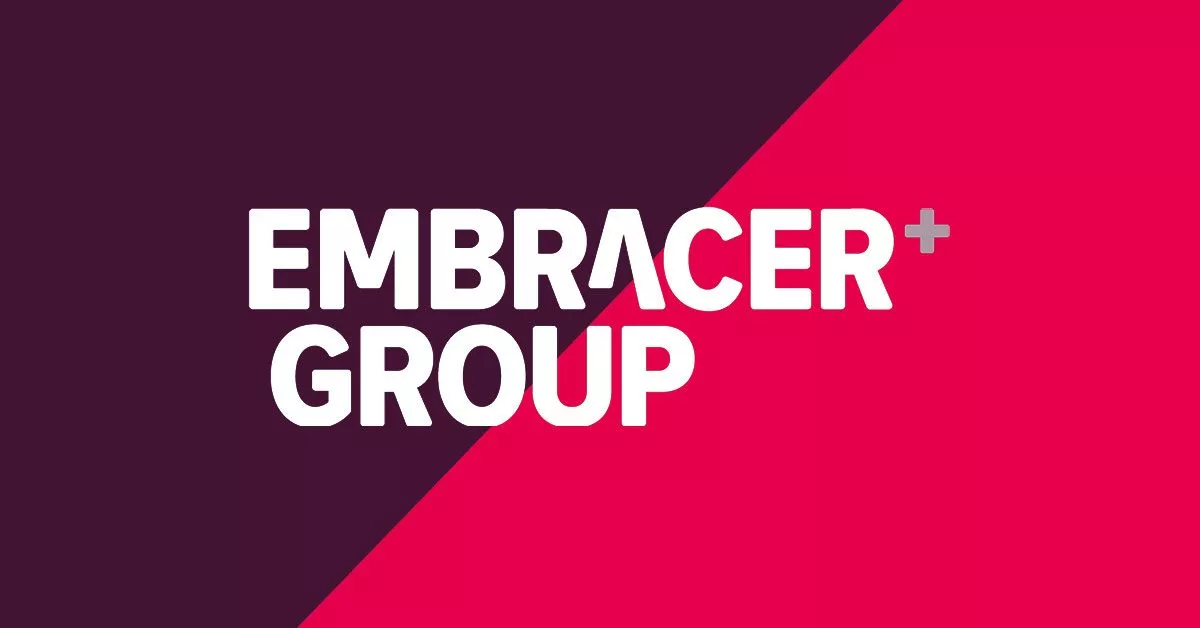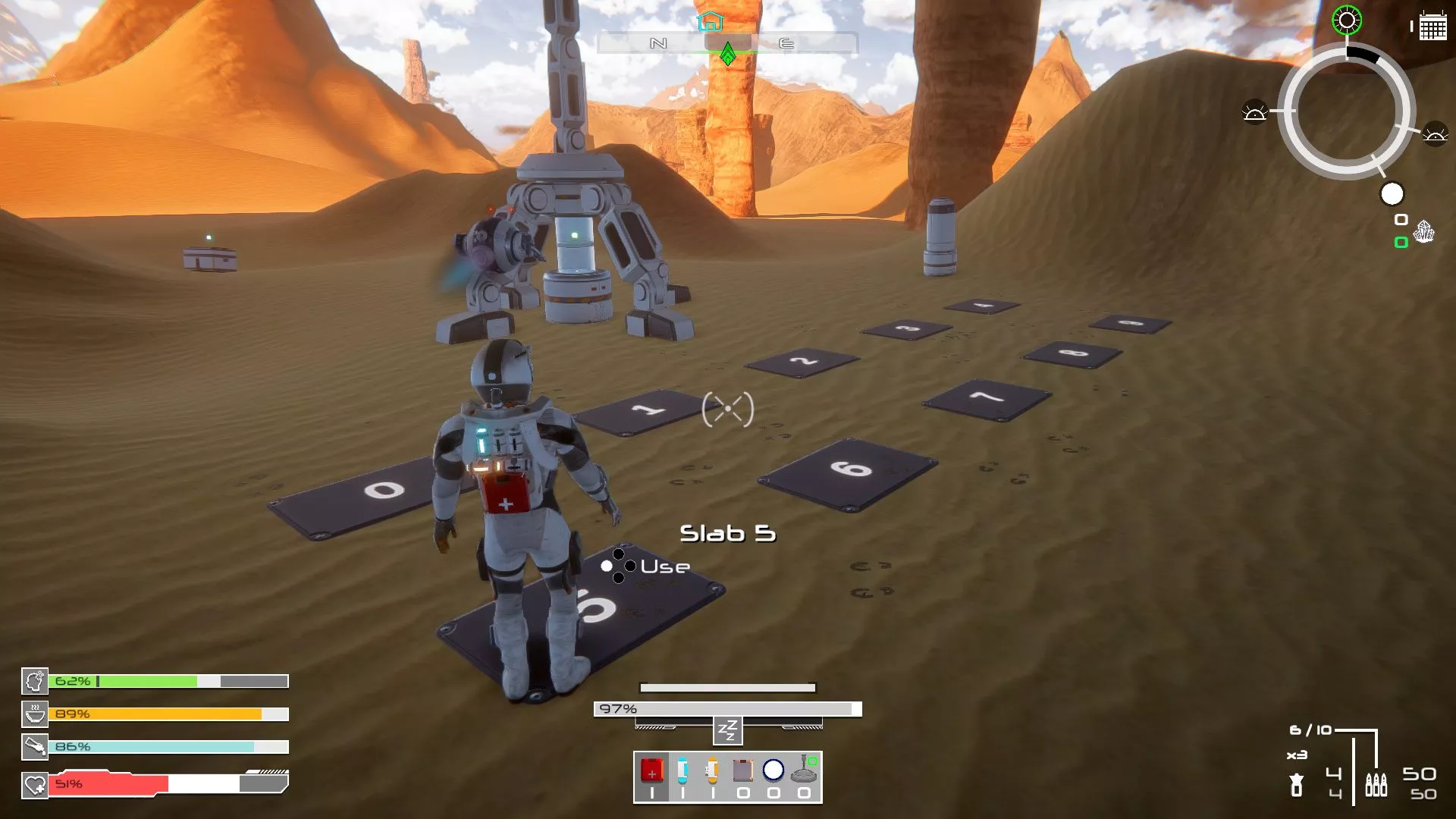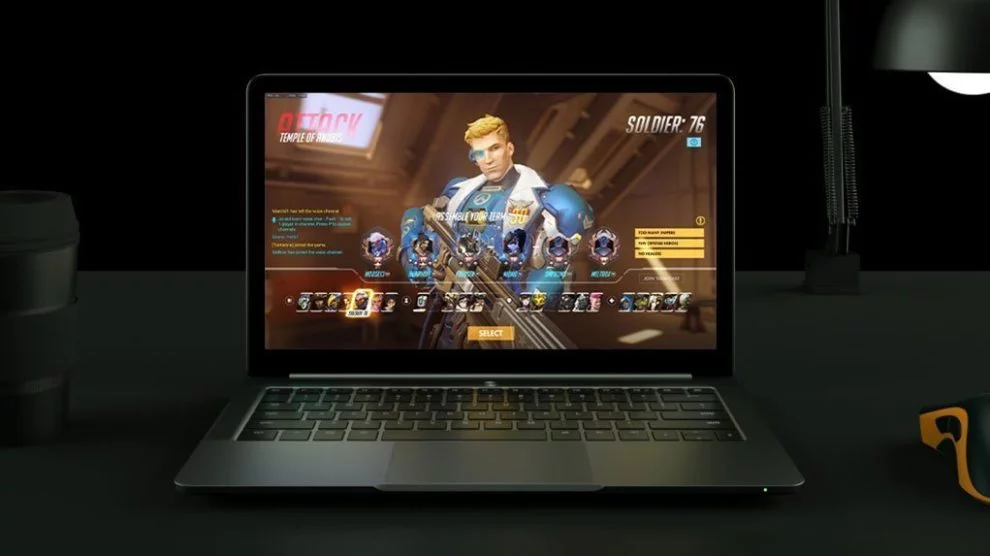The Razer Blade Stealth is the gaming company’s latest ultrabook, a thin, light laptop that’ll work in Photoshop and Premiere Elements as easily as it’ll let you party up in Overwatch. Touted as a “thin and light laptop” and a “desktop-class gaming system”, can it actually replace your Surface Book and high-end gaming PC?
Mostly.
I had a chance to try out the Stealth’s 13.3” screen configuration, boasting a 3200×1800 QHD touchscreen, Intel Core i7-7500U processor, 16GB of LPDDR3 RAM and Intel HD Graphics 620 card. Other flavours are available, including a 12.5” screen or even 4K resolution.
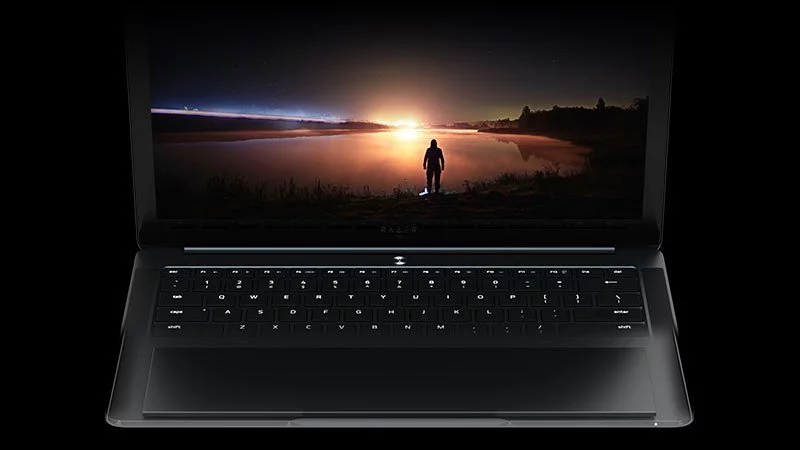
Output-wise, the Blade Stealth offers 2 USB 3.0 ports, an HDMI 2.0a output and one USB-C port that’s also used for charging. Bluetooth 4.1 and Killer Wireless AC connectivity is also packed onboard, making it easy to connect with devices and networks at home and on the go.
I had no troubles using the Blade Stealth as a work laptop, firing up Chrome with (far too) many tabs open as I rendered a 1080p video for upload on YouTube while I was inside Photoshop organising its thumbnail. The touchscreen is also quite useful on this front, providing ease of navigation through Windows 10 that this Surface Book faithful is accustomed to.
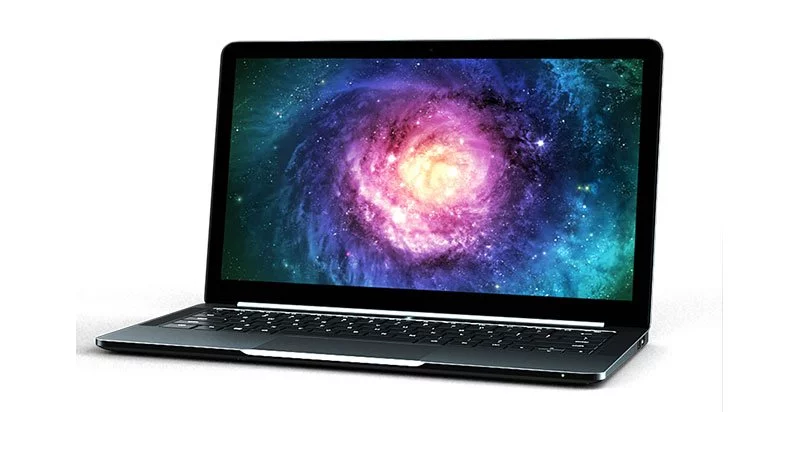
While Razer says you can expect close to 10 hours of use on a single charge, I found my sessions were closer to 5-6 hours; it really depended on games played or Razer Chroma keyboard settings that were enabled. While that’s still a decent amount of time, it’s far from Razer’s claim of “all-day mobility.”
Compared to a Surface Book or Macbook Air, the Razer Blade Stealth is tops, offering comparable power at a better cost (though not huge step up from its last iteration, we should note). As a gaming laptop it falls flat, though only by a small margin. It’s hard not to recommend this to most as a result, though those in the market for a proper gaming rig should probably give this a miss.
 |
|
The good
|
The bad
|
The Razer Blade Stealth (late 2017) laptop was reviewed using a promotional unit provided by the manufacturer. It has since been returned.
This article may contain affiliate links, meaning we could earn a small commission if you click-through and make a purchase. Stevivor is an independent outlet and our journalism is in no way influenced by any advertiser or commercial initiative.




